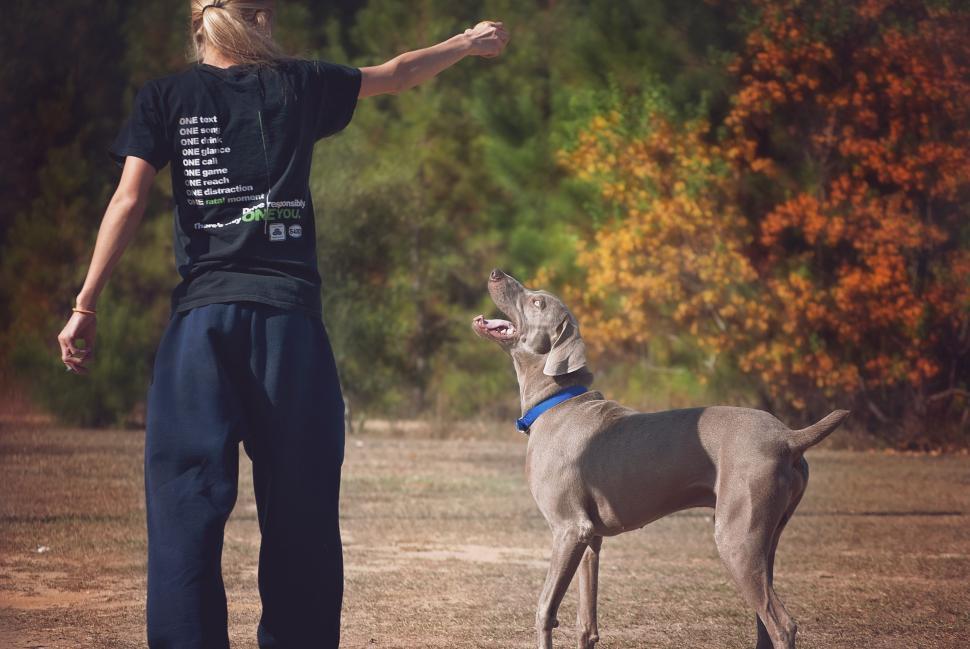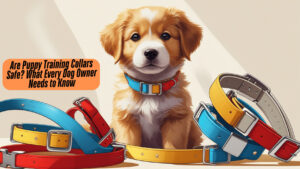Gentle Guidance with Vibration Technology
Puppy training requires patience and innovative methods. One tool that can assist in this process is the vibration collar. These collars offer effective communication without harsh corrections. Understanding how to use them properly can lead to better training experiences for both puppies and their owners.
The Gentle Approach to Puppy Training
Using a vibration collar provides gentle guidance. It helps convey messages without distressing your puppy. Coupled with positive reinforcement, this method encourages desired behaviors while fostering trust between you and your furry friend.
Understanding Vibration Collars: Benefits and Misconceptions
Vibration collars work by delivering a gentle vibration to get your puppy’s attention. They can assist in:
- Reducing barking: A gentle reminder can help curb excessive barking.
- Staying close: Train your puppy to remain near you during walks.
- Addressing behaviors: Use vibrations to redirect unwanted actions.
Common misconceptions include the belief that these collars are harmful or cruel. When used correctly, they are safe and effective.
Setting Expectations: Realistic Goals for Puppy Training
Set achievable training goals. Instead of expecting instant obedience, focus on gradual improvements. Consistency is vital. A well-structured training plan can lead to lasting behavioral changes.

Choosing the Right Vibration Collar for Your Puppy
Size and Breed Considerations: Finding the Perfect Fit
Select a collar that suits your puppy’s size and breed. Small breeds may require lighter, more delicate collars, whereas larger breeds might need sturdier options. Always ensure the collar fits comfortably without being too tight.
Features to Look For: Safety, Adjustability, and Durability
When purchasing a vibration collar, consider these key features:
- Safety: Look for collars with auto shut-off functions.
- Adjustability: Ensure the collar can be adjusted as your puppy grows.
- Durability: Choose collars made from high-quality materials for long-lasting use.
Top Vibration Collar Brands: A Quick Overview
Research reputable brands. Some popular options include:
- PetSafe: Known for reliability and comfort.
- SportDOG: Great for active puppies.
- TBI Pro: Offers adjustable settings and good durability.
Review sites can provide additional insights into functionality and user experiences.
Getting Started: Preparing Your Puppy and Collar
Initial Collar Adjustment and Familiarization: A Positive Introduction
Introduce the collar gradually. Let your puppy sniff it first before placing it around their neck. Once it’s on, engage in playtime to create positive associations.
Choosing the Right Vibration Intensity: Start Low and Gradually Increase
Begin with the lowest vibration setting. Observe how your puppy reacts. If they seem responsive, you can slowly increase the intensity. Always prioritize comfort.
Pairing the Collar with Positive Reinforcement: Treats and Praise
Combine collar use with treats and praise. Whenever your puppy responds correctly to the vibration, reward them. This helps reinforce good behavior and strengthens your bond.
Effective Training Techniques with a Vibration Collar
Using Vibration as a Correction Tool: Timing and Consistency
Timing matters. Apply the vibration as soon as your puppy exhibits unwanted behavior. Consistency in using this method ensures your puppy learns to associate actions with the vibration.
Combining Vibration with Verbal Cues: Creating Clear Communication
Pair the vibration with verbal commands. For example, using “no” or “stay” along with the vibration helps clarify your expectations. This creates a strong link between the command and the desired behavior.
Addressing Common Puppy Issues: Potty Training, Chewing, Jumping
A vibration collar can help tackle typical problems:
- Potty training: Use the collar when your puppy has an accident indoors.
- Chewing: Redirect to appropriate toys if they chew on furniture.
- Jumping: Correct excessive jumping during greetings.
Troubleshooting and Safety Precautions
Understanding Your Puppy’s Reactions: Identifying Signs of Distress
Monitor your puppy’s reactions. Signs of distress may include whining or trying to scratch at the collar. If your puppy appears uncomfortable, consider adjusting the settings or the way you use the collar.
Addressing Skin Irritation or Discomfort: Prevention and Care
Skin irritation can occur if the collar is too tight. Check for any redness or irritation under the collar. Ensure you’re taking breaks from collar use to allow your puppy’s skin to breathe.
When to Seek Professional Help: Consulting a Veterinarian or Trainer
If issues persist, consult a veterinarian or professional trainer. They can assess whether the collar’s use is appropriate for your puppy’s behavior and health.
Maintaining a Positive Training Environment
Consistency is Key: Establishing a Routine
Create and stick to a training routine. Regular, short training sessions will keep your puppy engaged and make learning easier.
Celebrating Successes: Positive Reinforcement and Rewards
Celebrate achievements, no matter how small. Use treats or praise to reinforce good behavior consistently.
Long-Term Use and Maintenance: Keeping the Collar in Top Condition
Regularly inspect your collar for wear and tear. Maintain it properly to ensure its longevity and performance.
Conclusion: Mastering Puppy Training with Vibration Collars
Key Takeaways: Positive Reinforcement, Patience, and Professional Guidance
Utilizing a vibration collar as a training aid can enhance your puppy’s learning. Always prioritize positive reinforcement and maintain patience throughout the process.
Long-term benefits of consistent training
With time, consistent training will yield a well-behaved dog. This fosters a harmonious relationship between you and your puppy.
Resources for Further Learning
For more insights, consider visiting reputable training websites such as:
- The Humane Society: Offers resources on positive reinforcement training methods.
- American Kennel Club: Provides articles and tips on various training techniques.





One Response
I have been looking that will help train my very active and stubborn 6mth old Gold Retriever.
Anyway, thanks for having this to use as a tool.